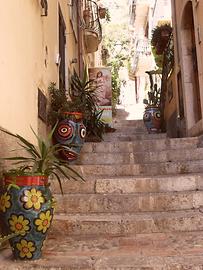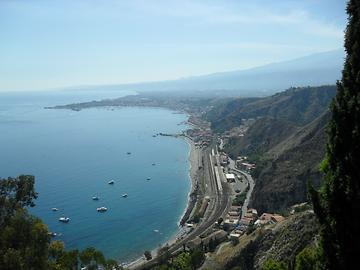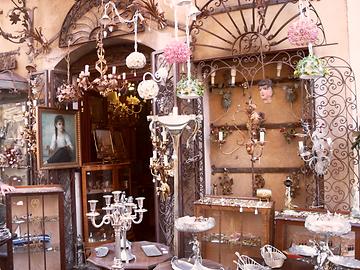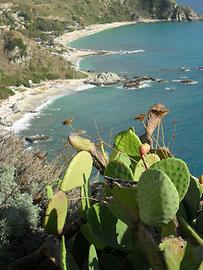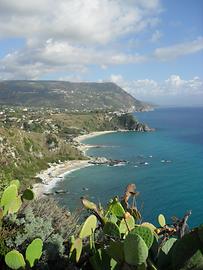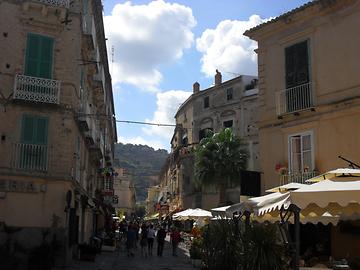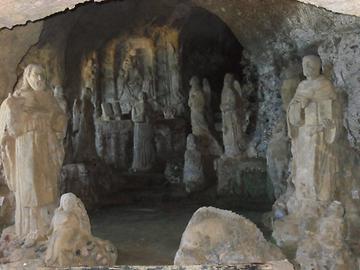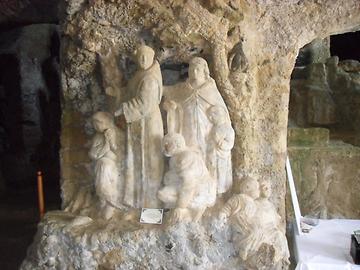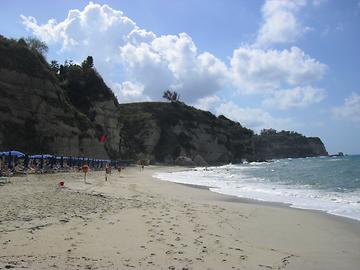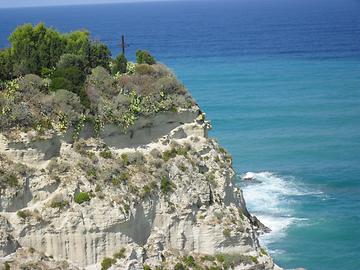Some Impressions from Italy#
by Tobias HöggVolterra#
Volterra Volterra is one of the most beautiful cities in Italy (Toskana). It counts around 10.000 inhabitants and the centre is on a hill with a height of 550 m. In history this was a big advantage to defend the city. Parts of the famous movie Twilight are shot near the “Palazzo dei Priori”. In the scene there’s a meeting of the so called group of “Volturi” who decide whether one of the main characters, Edward, should be killed or not. It takes place in the centre of the city which makes millions of people visiting year by year.
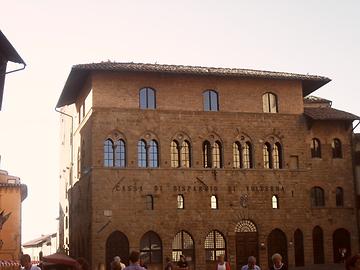

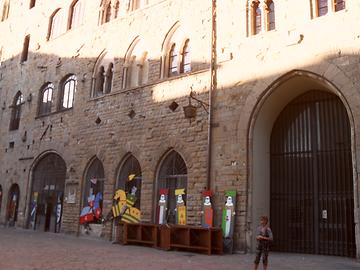
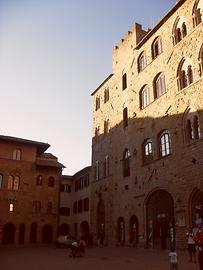
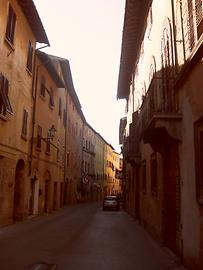
Lagune of Venice#
The lagune of Venice Venice is a very big area of 550 km² comprising islands, areas covered permanently by water and tidelands (more than 80%) around the famous historical north Italian city of Venice. In the North of the lagune the Brenta river limits the area together with well-known touristic city of Jesolo, in the South we find the Sile river and the city of Chioggia. The lagune of Venice is the biggest wetland which is directly connected to the Mediterranean Sea. The most famous islands of the lagune are Murano, Burano, Torcello, Lido di Venice and of course Venice. Today the parts close to the Mediterranean Sea are very popular for Tourism.
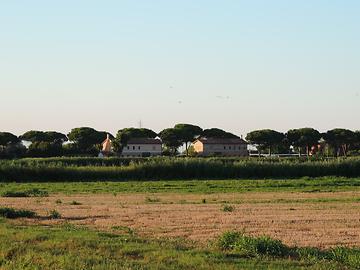
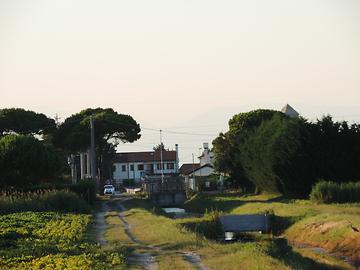
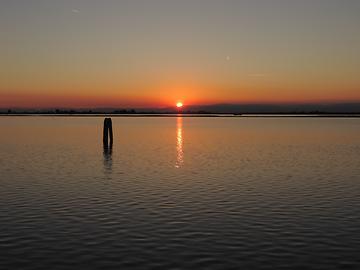
Ostia#
Close to Rome, the Italian capital and directly on the Mediterranean Sea we find the Ostia Ostia . Ostia was the harbor of Rome, because it was the place where the Tiber flows into the Mediterranean Sea.
After a big flood in the 16 th century the Tiber changed its place and so Ostia today is more away from the Tiber. The historical part of Ostia is called “Ostia antica” and like a big open air museum, where parts of historical buildings back to 300 before Christ can be seen. In the time where Augustus was the Roman Emperor Ostia became very important, because Rome had more than 1 million inhabitants and at Ostia all the big ships arrived bringing, wine, oil and cereal. In Ostia the loading was changed into smaller boats and ships, which were able to bring the food on the Tiber to Rome, which was 23km away from Ostia.
Today Ostia also is big seaside resort with a lot of bars and restaurants, where the people of Rome like to spend their weekends during the summer.
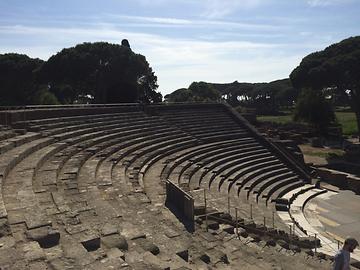

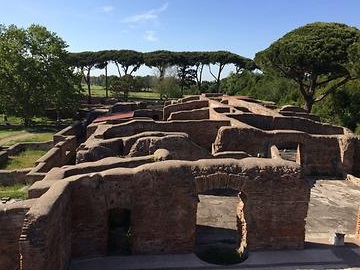
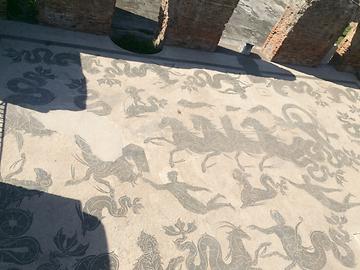
Calabria#
When we are looking on an European map, we recognize that Italy has the form of a boot. Calabria Calabria is the so called boot leg and is the most South-East part of the Italian continent with a size of 15080 km² and two million people living there.
In Calabria we can find lots of trees, typical Calabrian citrus trees are orange and bergamot, but also eucalyptus and olive are growing besides lots of different agaves and cactuses. Calabria has 320 sunny days in average and is one of the sunniest regions of Europe. In summer there are hot temperatures between 30 and 40 degrees during day and 25 in the night.
A very beautiful city directly on the seaside is Tropea. Tropea is a holiday paradise with several nice viewpoints. It is lying on a rock cliff which is 40m high, where one has a bright view on the sandy beach. The color of the Tyrrhenian Sea often seems to be cyan and one feels like to be in the Caribbean Sea. More south of Tropea there is the famous viewpoint Capo Vaticano, where we can find some of the most beautiful beaches of Italy. Typical food products of this region are the red onions, the Calabrian pepperoni sausage ‘Nduja and the Pecorino cheese.
Another famous place on a cliff mountain is the small city Pizzo. Pizzo is a typical South Italian city with nice places and the church San Giorgo, which was built in 1632 and where the former king of Naples, Jaochim Murat, is buried.
In Pizzo there is a grotto church consisting of tuff stone. It is called “Chiesa die Piedigrotta” and it is told, that shipwrecked people have created the church, because they wanted to thank for their rescue.
Pizzo is very famous for the special ice-cream “Tartufo”.
The Sea between Calabria and Sicily is called the Straits of Messina. Here the Tyrrhenian Sea meets the Ionian Sea. On both Seas in Calabria there are very beautiful coasts.
Sicily#
When you cross the Straits of Messina, coming from Calabria, one arrives on the beautiful island Sicily , which is the biggest island of Italy and also of the whole Mediterranean Sea with a size of 25426 km². Sicily is in South West direction of the “boot leg” of Italy and is the rest of a country bridge between Europe and Africa.
Sicily is famous for the Mount Etna, which is an active volcano. With a height of 3323m it is the highest volcano of Europe. On the Mount Etna exists an impressing landscape of lava with a unique flora and fauna. The Mount Etna again and again comes with new erruptions.
The biggest cities of the island are Palermo Palermo , which is the capital, Catania, Messina and Syrakus.
In the City Taormina Taormina on Sicily close to Mount Etna, the active volcano can be seen. Taormina is 240m over the Sea and lies on a pictorial steep coast. In the city there are very nice narrow lanes and stairways. We also find a historical theatre and gardens which are “hanging” on the hills and which are full of colorful plants and flowers. In the summer time Taormina is full of tourists and has a special flair.


